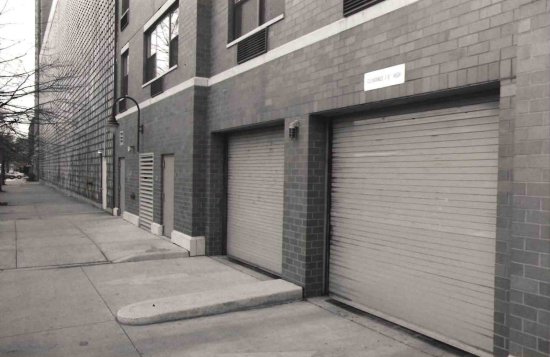In The Death and Life of Great American Cities, Jane Jacobs relates the important lessons taught by her Greenwich Village neighborhood. She noted that a diversity of uses and tightly spaced stoops, shops and windows hugging the street create a lively, socially-engaged community. Similarly, streets at the waterfront should encourage mixed uses with front doors, retail shops, cafes and restaurants providing for a “lively streetscape.” Combined with a continuous, public park at the water’s edge, the waterfront becomes a destination, a place that brings people together.
Conversely, blank walls with few front doors or windows deaden a streetscape. Ground floor parking, or worse – multi-story parking garages abutting sidewalks — is a sure-fire means of killing street life. Setting buildings too far back from the front lot line further detracts from the life and vitality of urban streets.
Related Links
Who needs a car in Hoboken, the ultimate 15-minute city?
Active streetscapes are the key to successful urban neighborhoods
Two iconic figures, Robert Moses and Jane Jacobs, meet at Hudson Yards
What Hoboken can teach us about the principles of New Urbanism
Latest Lincoln Harbor project disregards good planning principles
Lot size matters
The urban design principles that make for successful waterfronts
Architect Craig Whitaker’s reflections on what makes waterfronts successful
Plan for the Hoboken Waterfront

Parking garages at River Street and Third in Hoboken deaden the streetscape.

